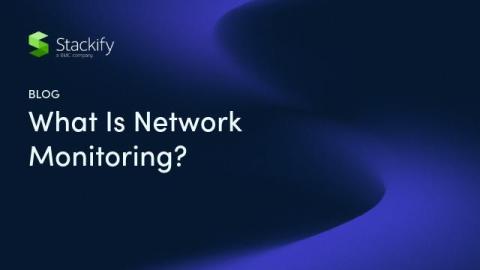Developer's Guide to Installing OpenTelemetry Collector
Learn how to install and configure the OpenTelemetry Collector for enhanced observability. This guide covers Docker, Kubernetes, and Linux installations with step-by-step instructions and configuration examples.











